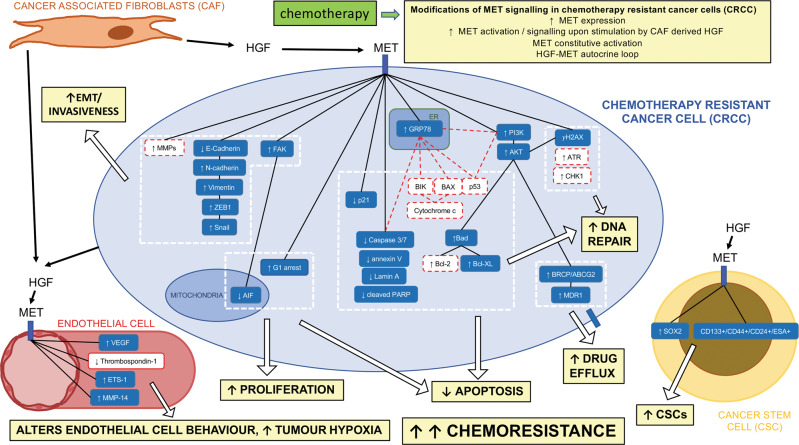Fig. 2. Model of MET-driven chemoresistance.
Chemotherapy resistant cancer cells (CRCC) have altered MET signalling, including overexpression of MET, activation sustained by HGF secreted by CAFs (cancer associated fibroblasts), constitutive activation of MET and secretion of HGF which is not normally expressed by epithelial cells, leading to an autocrine activation loop. This diagram illustrates the effect of this altered MET signalling on: (i) the behaviour of CRCCs: reduction of apoptosis, increased proliferation, enhanced DNA repair, upregulation of drug efflux and stimulation of epithelial-mesenchymal transition; (ii) changes in the tumour microenvironment: alteration of the behaviour of endothelial cells and increased intra-tumoural hypoxia, promotion of cancer stem cells (CSCs) survival and proliferation. All these changes contribute to the development of chemotherapy resistance. The intracellular pathways reported or suggested are shown. Blue box/black line: confirmed mechanism. Dotted red box/red line: proposed mechanism. MMPs matrix metallopeptidases, VEGF vascular endothelial growth factor, AIF apoptosis-inducing factor, ER endoplasmic reticulum.

